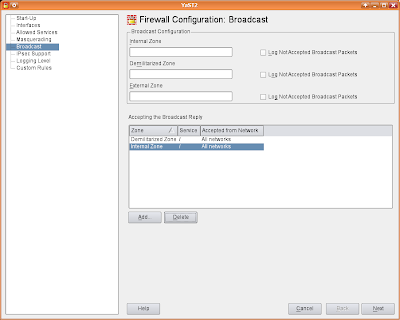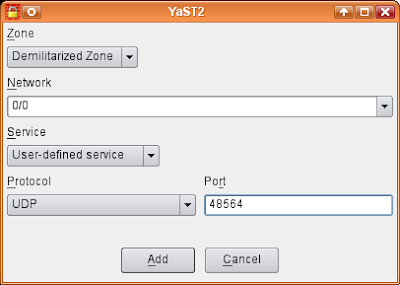My experience with pentaho's report designer is that at design time, images used in the report can be at any arbitrary location. On publishing them to the XML format, each image used in the report design (.report file) is placed in the same directory as the output file but with a new name in the format - Report_staticImage[
N].[
ext].
N is a number from zero depending on the number of images while
ext is the original file extension e.g png.
This behaviour is bound to cause trouble for someone using different locations for the development and production environment. Ideally, the production environment should be setup to reflect the local or vice versa but sometimes this is not possible. To get round this, the production path should be created on the development environment and the desired solution folder linked to the repository location.
For example, let the production path be
/path/to/prod/pentaho-solutions/solution1. In this case, the solution1 is the directory containing .xaction files and report templates (.xml). Let the development path be
/path/to/dev/pentaho-solutions. A link should be created from the duplicated/replicated production path to the actual repository location on the development environment.
This means that the report designer and pentaho design studio on development will manipulate the files in
/path/to/prod/pentaho-solutions/solution1, resulting in paths that will match the production environment on deployment. The local pentaho server, which in my case knows the repository location as
/path/to/dev/pentaho-solutions, can access the solution directory as a link -
/path/to/dev/pentaho-solutions/soft-link-to-solution1.





